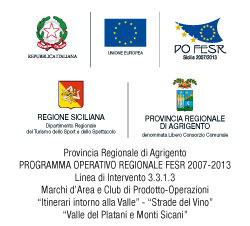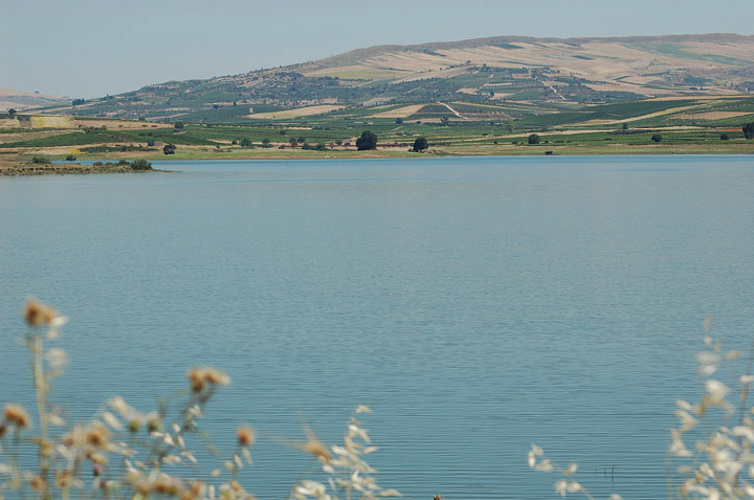
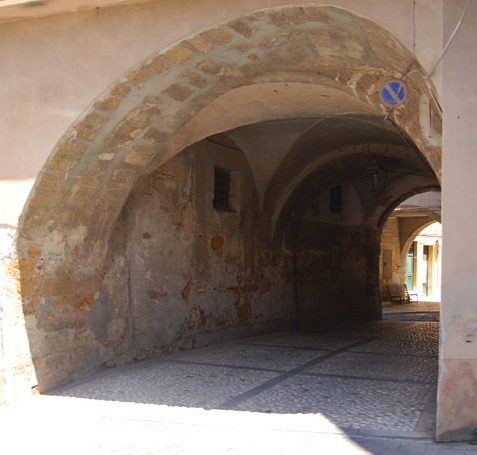

Sambuca di Sicilia is located on a hill slopes down near the Natural Reserve Monte Genuardo and Santa Maria del Bosco (north) and Lake Orange (south): two real attractions, (see related structures), for nature lovers and quiete.Sambuca of Sicily, where you can still admire an intact example of Islamic urbanism, was founded in 827 by the Emir Zabuth (splendid) and the whole past offers visitors the picturesque streets and neighborhoods Saracens, whose expressions lives are there seven vaneddi (seven lanes Arabs). I am a intrecarsi of streets and lanes that branch off from the remains of the ancient castle Arab Castle Zabut.
Monuments to visit
Within, but also around the country, Sambuca di Sicilia guarantees emotions, is the case of the picturesque old town that we recommend not to miss. Visit it is to walk in history and, in addition to seven vaneddi them, you can see buildings that have kept the charm of the centuries. The churches are full of hidden treasures. Not to be missed is the Church of the Matrix and lu Calvariu, ruins of the castle of the Emir. Calvary baptized "Belvedere", you can see a wonderful view over the land that borders sambucesi up to the Swabian lands of Julian of Caltabellotta of Chiusa Sclafani, in the background the mountains of Roses and the internal chain of Monti Sicani. Highlights include the Church of the Carmine with the marble statue of the Madonna of the audience, and the church of San Michele with fercolo equestrian wood of St. George slaying the dragon. And yet the Palace houses the Museum Panitteri Etnoantropologico Earth Zabut, the Municipal Theatre and the Art Gallery Giambecchina.
Not to be missed
Visit the museum Museum Etnoantropologico
Set up at the local municipal museum conderva archaeological remains unearthed in excavations in the necropolis of Adranone and Risinata. It is also an area dedicated to the memory of peasant, with his tools, tools and clothing used then.
Visit the Pinacoteca Giambecchina
Hosted at the premises of the former Church of San Calogero. It 'a permanent exhibition dedicated to the master Giovanni Becchina Giambecchina in art, native elderberry, more than any other artist who has been able to portray the moments of everyday life that engaged the world Sicilian agriculture.
Contrada Adragna and archaeological excavations of Adranone
Outside the town, heading north, do not miss the remains of the "Roman-style" which brought water from the district Adragna the country, built in the seventeenth century century. Following the signs, you will reach the site of the archaeological excavations of Adranone, and imposing ancient city greek-Punic sottocolonia of Selinunte to the border with the territory of Elmi. Located at 1000 meters s.l.m. on a terrace of triangular shape, located on the top overlooking the entire valley below. City devoted to the worship of God Adrano, hence the name of Adranone. The discovery of massive walls and large sectors of the urban and suburban attest that it was an important city. The site has been violently destroyed around the middle of the third century BC by the Romans, during the First Servile War for giving unconditional support to the rebel slaves. In the visit to the excavations it is interesting to see the remains of a farm and the tombs of the necropolis, in particular that of the Queen.
The fort Arab Mazzallakkar
To the south of the country, near Lake Orange - where it is advisable to dwell before leaving Sambuca di Sicilia, the fort remains of the Arab Mazzallakkar, restored, which emerge towers only in the summer months, when the lake level is lowered.

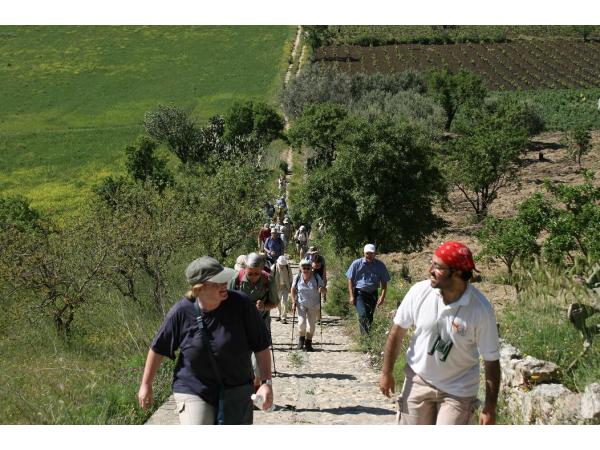

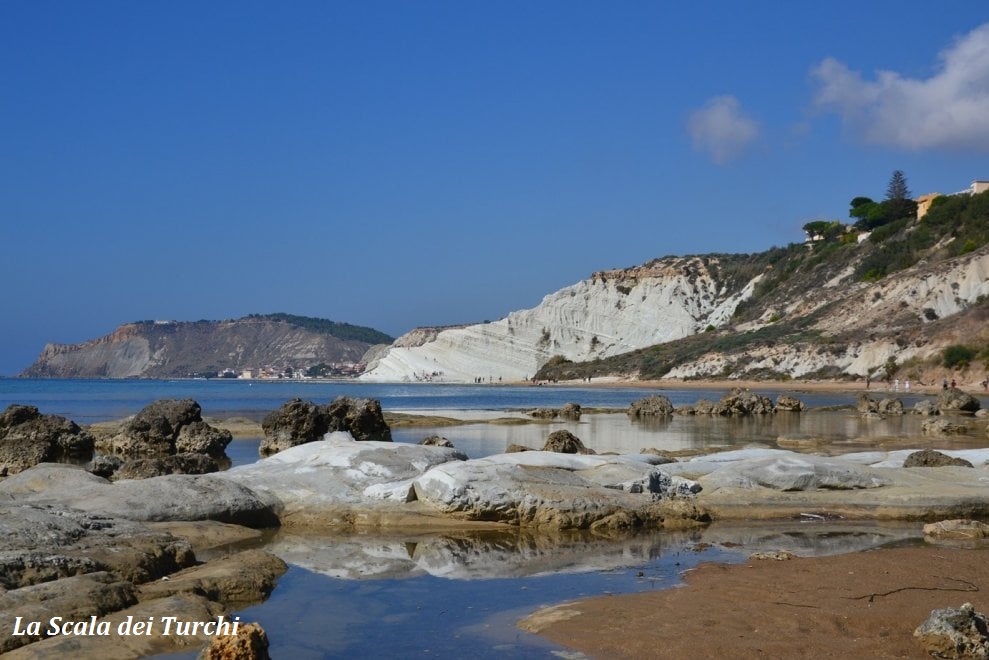 The discovery of the coast - 4 routes to the west between the sea and inland
The discovery of the coast - 4 routes to the west between the sea and inland
